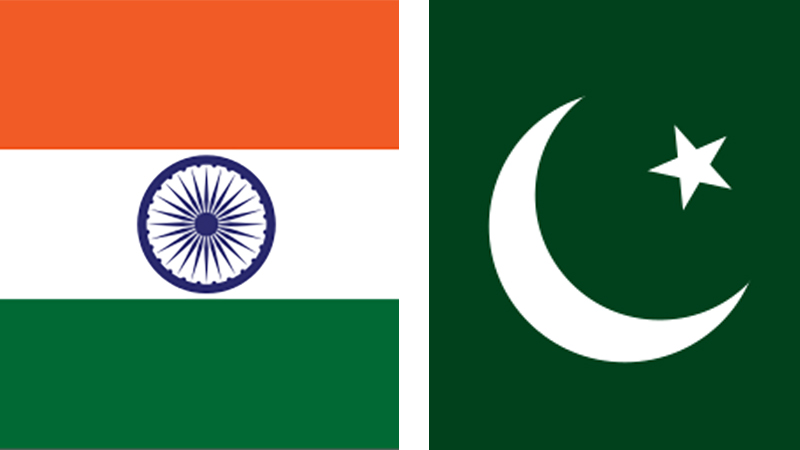Mid-August is a good time to wonder if some of my friends, doves on both sides of the border, still believe that the BJP’s humbling in the recent election would somehow trigger a thaw in Pak-India relations; that being reduced to leading a coalition government after 10 years of absolute power would bring the realisation that exploiting differences does not keep paying as a policy.
I have no idea what could have given them this feeling, but it made its way all the way to the top; at least in Pakistan, with the government also happily extending its congratulations over the election win and hoping for a more positive response this time. Yet if Modi ji’s cold reply on twitter, now X, wasn’t enough of a hint, his address on Kargil’s anniversary should have removed any doubts about how it is going to be in his third term as well.
It’s a shame that governments continue to be the biggest hurdle to peace in the subcontinent, at least since General Pervez Musharraf, then president and chief of army staff, went to India and offered the four-point peace plan that would have solved the Kashmir dispute and made way for trade talks. Pakistan has been desperate for peace for a long time, and Musharraf’s initiative proved that the military was on board as well, contrary to popular belief in India that Pakistan’s army needs to keep this pot boiling. Despite the setback, both sides continued with backchannel talks and came “within a signature of solving Sir Creek”, but Manmohan Singh could not come to Islamabad to seal the deal, so to speak, because the so-called lawyers movement had plunged Pakistan into chaos by then.
It’s important to note that 78 years after partition, Pakistan and India have emerged as two of the youngest countries in the whole world, meaning no other country can boast the kind of youth bulges that they do – the majority of their populations comprising young people – in their 20s and 30s. These men and women need robust economies to live up to their potential of being a demographic dividend. Instead, very high population growth rates have combined with very high poverty levels in both countries to turn them into a demographic disaster. Millions of households rot in slums on both sides even though much of the poverty could be alleviated with the dividends of trade and commerce, but that’s never a priority at the top.
I might be slightly past the age bracket that defines the youth, but I know that most of these people don’t even understand the reasons that Pakistanis and Indians must hate each other – some blood feud from a bygone era – they only know that they must. And they have done just that, dutifully, for the good part of a whole century.
A world shifting dramatically to the rigid right ought to understand that there are regressive extremists in all societies; and neither Pakistan nor India is an exception. And whichever peace process is initiated at whichever point in time, it’s natural for them to try to sabotage it. Yet when governments pull the plug on peace at the first sign of trouble, instead of preempting it, they effectively give the bad guys control over peace and conflict in the subcontinent.
Unfortunately, that is the story of my generation. Every August I’m reminded of my grandfather’s stories of partition, and I’m still wondering if a million souls perished all those years ago just so we could live in endless conflict and poverty. The only reason both countries have atom bombs instead of free trade is that their hatred for each other is stronger than the basic human instinct to give better lives to their children.
Now, as my sons discover the annual independence day euphoria of flags and patriotic songs and ask questions about the dream of Pakistan, do I do my national duty and pass the torch of hatred to the next generation, or do I tell them that my best friends were Indians when I lived outside Pakistan, they helped me more than my compatriots when my chips were down, and we never saw any reason to hate each other?
Is it really the people that don’t like each other, or is it just the governments? – The writer is a senior journalist and researcher based in Lahore, Pakistan


Leave a Reply